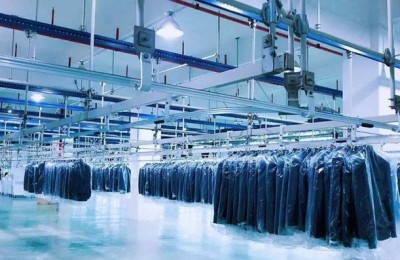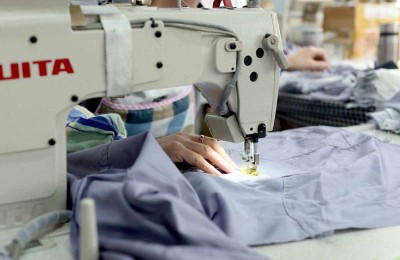Flame retardant finishing of fabrics
one. Flame retardant mechanism
1. Covering layer theory: Flame retardants can form a glassy or stable foam covering layer at high temperatures, which has heat insulation, oxygen insulation, prevents flammable gases from escaping outward, and plays a flame retardant role.
2. Non-combustible gas theory: The flame retardant decomposes into non-combustible gas when heated, diluting the concentration of combustible gas decomposed from cellulose to below the lower combustion limit.
3. Endothermic theory: Flame retardants undergo endothermic reactions at high temperatures, lowering the temperature to prevent the spread of combustion. In addition, the heat can be transferred out quickly after fabric finishing, so that the cellulose cannot reach the temperature of ignition and combustion.
4. Chemical reaction theory (catalytic dehydration theory): The flame retardant reacts with cellulose as a Lewis acid at high temperatures, causing the fiber to catalytically dehydrate and carbonize, reducing the generation of flammable gases.
two. Flame retardant finishing method
1. Padding and baking method: a widely used process in flame retardant finishing process. The process flow is padding-prebaking-baking-post-processing. Padding fluid is generally composed of flame retardants, catalysts, resins, wetting agents and softeners, and is formulated into an aqueous solution or emulsion for finishing.
2. Dip-drying method: also called exhaust method. The fabric is immersed in the flame retardant liquid for a certain period of time, and then dried and baked so that the flame retardant liquid is absorbed by the fiber polymer.
3. Organic solvent method: This method uses non-water-soluble flame retardants. Its advantage is low energy consumption during flame retardant finishing. However, in actual operation, attention should be paid to the toxicity and flammability of solvents.
4. Coating method: Mix the flame retardant into the resin, and rely on the adhesion of the resin to fix the flame retardant on the fabric. According to different mechanical equipment, it is divided into blade coating method and cast coating method.
AA
Disclaimer:
Disclaimer: Some of the texts, pictures, audios, and videos of some articles published on this site are from the Internet and do not represent the views of this site. The copyrights belong to the original authors. If you find that the information reproduced on this website infringes upon your rights, please contact us and we will change or delete it as soon as possible.
AA






